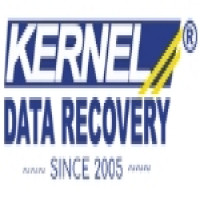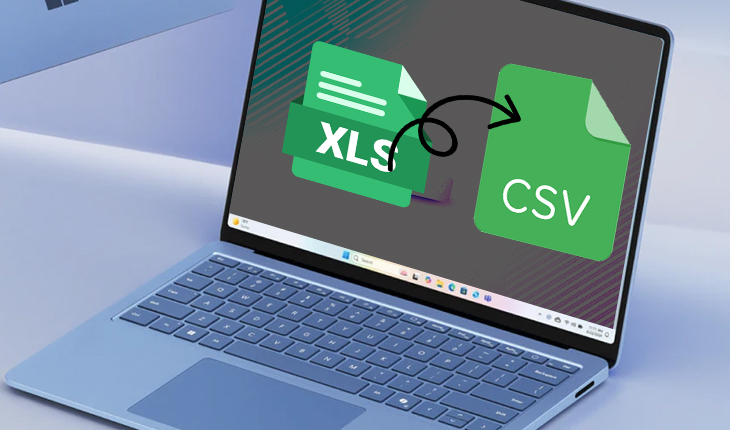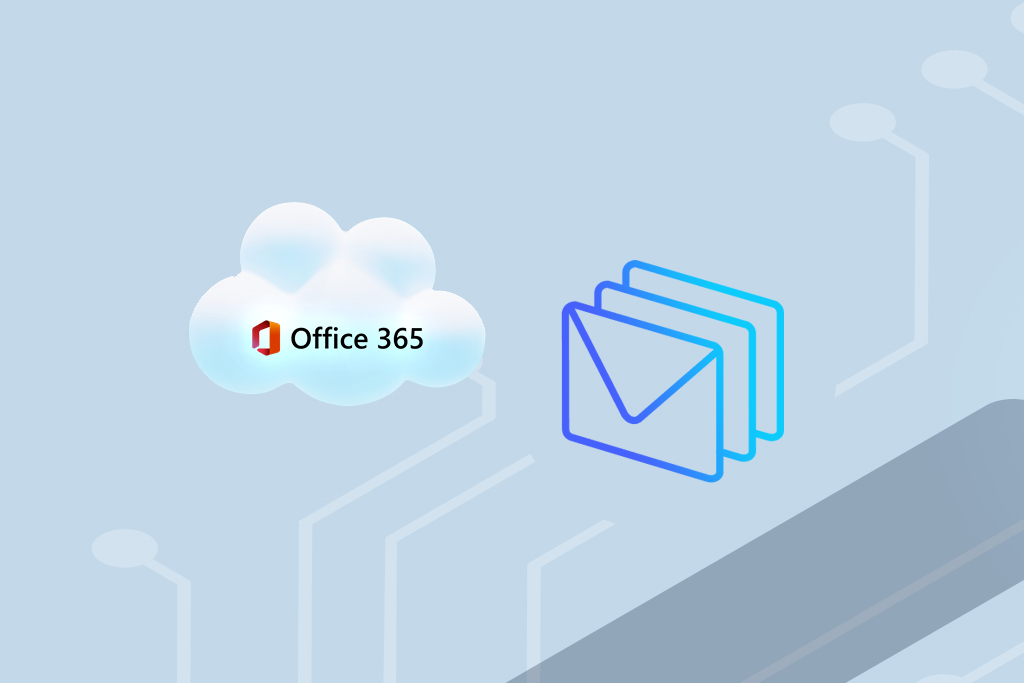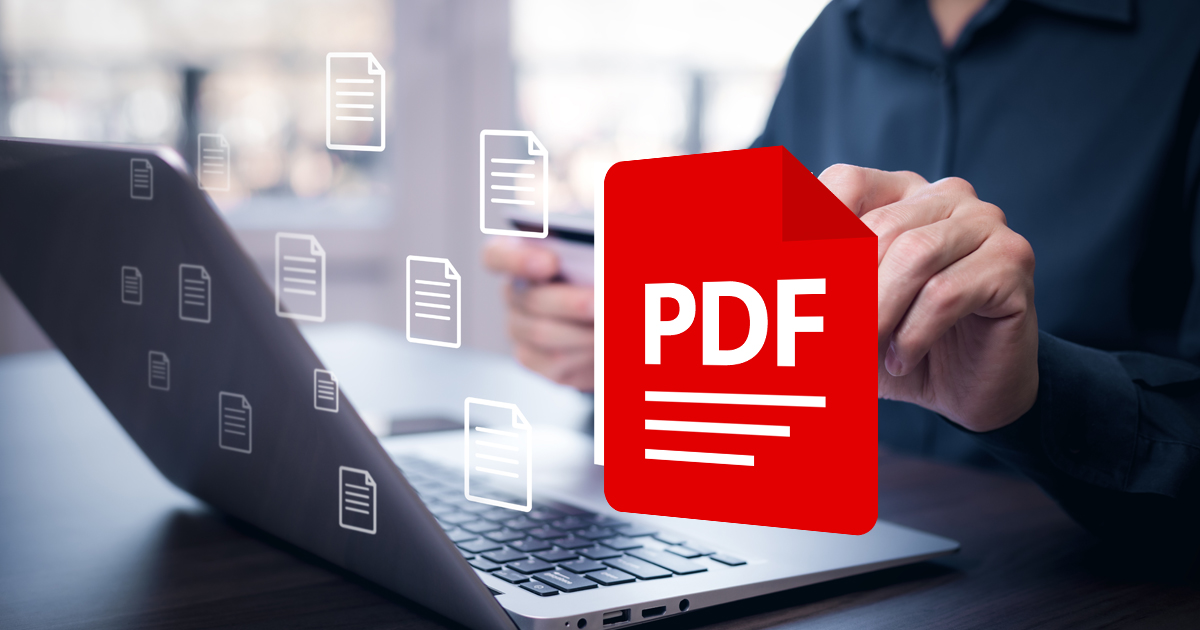Essential Office 365 Migration Checklist - Steps for a Smooth Transition

Strong 8k brings an ultra-HD IPTV experience to your living room and your pocket.
Migrate Office 365 tenant to another tenant including Exchange Online, SharePoint Online, OneDrive, etc. Migrate permissions of SharePoint sites, lists and libraries, etc.
Are you planning to migrate your On-premises data to Office 365? If so, you are not alone. Many users and companies adopt an Office 365 cloud-based productivity suite to uplift their workflow and reputation in a competitive market.
With Office 365, users get real-time collaboration, advanced security, and many other high-end features. However, executing this migration is quite challenging; it requires proper planning and execution to migrate each component securely from source to target tenant.
In this modern world, 90% of professional and IT experts perform migration to Office 365 but fail to meet their initial objective because of ineffective pre-requisites.
So, to conduct this migration in the right direction, we will present the pre-migration and post-migration checklist, which helps you to perform the migration process effectively without any data loss.
Understanding the Office 365 Migration Checklist
In this upcoming section, we will explain the pre and post migration checklist for conducting the migration procedure effectively. It will help you learn what to do and how to perform a successful migration.
Pre-migration checklist
1. Inform end-users before migration
An important step before implementing the migration is to schedule a meeting with organization members and employees to brief them about transfer from traditional systems to Office 365. Give them proper guidance about the new platforms, such as upcoming changes and what actions they may need to take to perform smooth migration. This step will help you execute the process smoothly, making the data accessible after the migration.
2. Map your IT Infrastructure
Mapping IT infrastructure assists users in detecting on-premises data and how they sync with Office 365. Follow the key aspects during mapping:
- Figure out the number of user accounts.
- Determine the size and number of mailboxes.
- Record client versions and configurations.
- Determine file storage locations.
- Determine workflows that the organization currently uses.
3. Investigate the current environment for Office 365 migration
- Examine the source environment on behalf of the below points:
- Procedure for setup or syncing the accounts.
- User account authentication requirements.
- Update requirements for firewall, antivirus, and routers.
- Volume and eligibility for transfer.
- Update requirements for firewall, antivirus, and routers.
4. Arrange the data to migrated
Here are some necessary points mentioned to arrange the data.
- Keep the Active Directory up to date.
- Get rid of the data that you won’t need any further.
- Keep your source environment cluster-free and organized.
5. Configure an Office 365 account
In the final step of the Office 365 pre-migration checklist, set up the Office 365 accounts and authentication, while keeping the following components:
- Buy an Office 365 subscription and license.
- Set up security permissions and O365 directory synchronization and use apps.
- Implement test migration.
So, all the Office 365 pre-migration checklist steps have been executed. Now you are ready to perform Office365 migration.
To simplify this, you can efficiently utilize free manual methods if you have technical expertise and good knowledge of Office 365 migration procedures. But manual procedure has certain limitations which may arise during migration and disrupt your crucial mailboxes. That’s why it’s better to utilize a risk-free and reliable method such as Kernel for Office 365 Migration.
It is designed with an interactive interface which supports users to easily migrate bulk files without any hassle. This Office 365 migration tool provides advanced filter options to migrate selective or entire mailboxes with the original hierarchy. Once the migration process is finished, here comes the importance of post-migration perquisites.
But what are they? Let us get some insights into the post-migration checklist.
Post-migration Checklist
Here is what you need to know when talking about the post migration checklist:
- Update DNS Records: Confirm that your DNS records are updated correctly to route emails to the new tenant. If this is not updated correctly, then your company might face email interruption.
- Evaluate Data integrity: It's crucial to check whether selected data is migrated accurately or not. Examine the destination mailboxes, OneDrive accounts, SharePoint sites, and MS Teams data that you migrated to make sure that no data or settings are missed. Verify that shared links and permissions are operating as required.
- User profile Reconfiguration: In user profile reconfiguration, you must update the user settings and login details in a computer, such as set up synchronization settings, modifying log-in credentials, etc.
- Decommission the Source tenant: Once you are assured that the all the data has been successfully migrated and users are working normally with the new tenant, you can begin the process of decommissioning the source tenant. Furthermore, this will safeguard licensing disputes and accidental use of old tenants.
Conclusion
In this article, we have mentioned all the steps related to both pre- and post- migration to perform effective Office365 data migration. Apart from this, choosing the best solution for migration is also essential for smooth migration. So, take your time to analyze the solution and pick the reliable solution that assures minimal downtime throughout the process and safely transfers your data.
As per our recommendation, we advise you to use Kernel Office 365 Migration tool with top-quality features and a free trial version.
Note: IndiBlogHub features both user-submitted and editorial content. We do not verify third-party contributions. Read our Disclaimer and Privacy Policyfor details.







